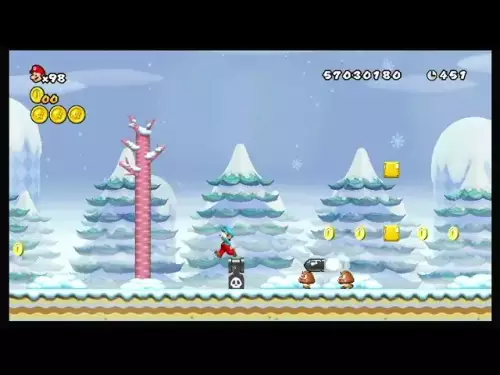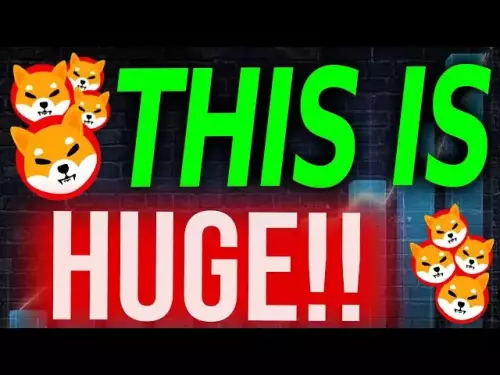-
 Bitcoin
Bitcoin $111200
0.03% -
 Ethereum
Ethereum $4321
0.45% -
 Tether USDt
Tether USDt $0.9999
-0.02% -
 XRP
XRP $2.824
0.89% -
 BNB
BNB $856.7
1.36% -
 Solana
Solana $204.4
0.79% -
 USDC
USDC $0.9998
0.00% -
 Dogecoin
Dogecoin $0.2178
2.21% -
 TRON
TRON $0.3317
-1.04% -
 Cardano
Cardano $0.8334
2.36% -
 Hyperliquid
Hyperliquid $47.48
5.04% -
 Chainlink
Chainlink $22.43
0.45% -
 Ethena USDe
Ethena USDe $1.001
0.01% -
 Bitcoin Cash
Bitcoin Cash $615.9
4.10% -
 Sui
Sui $3.404
2.84% -
 Stellar
Stellar $0.3610
1.92% -
 Avalanche
Avalanche $24.44
1.03% -
 Hedera
Hedera $0.2185
1.99% -
 Cronos
Cronos $0.2710
2.40% -
 UNUS SED LEO
UNUS SED LEO $9.567
0.12% -
 Litecoin
Litecoin $112.4
1.13% -
 Toncoin
Toncoin $3.084
-0.52% -
 Shiba Inu
Shiba Inu $0.00001239
2.12% -
 Polkadot
Polkadot $3.881
2.85% -
 Uniswap
Uniswap $9.394
0.47% -
 Dai
Dai $0.9997
-0.02% -
 Ethena
Ethena $0.7621
16.86% -
 Monero
Monero $269.5
0.69% -
 Aave
Aave $302.2
-1.65% -
 World Liberty Financial
World Liberty Financial $0.1825
-0.64%
How to read the order book in futures trading?
A deep, balanced order book suggests strong liquidity, while large bid/ask walls and rapid changes may signal impending price moves or manipulation.
Sep 05, 2025 at 04:36 pm
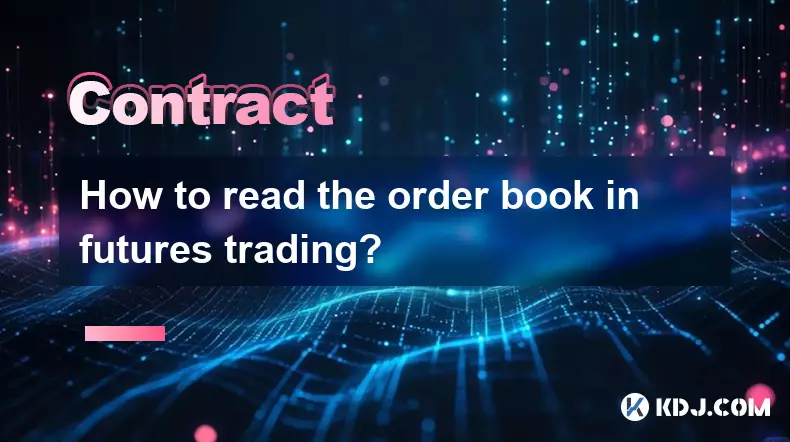
Understanding the Structure of a Futures Order Book
1. The order book in futures trading displays a real-time list of buy and sell orders for a specific cryptocurrency contract. It is divided into two main sections: the bid side and the ask side. The bid side shows the prices at which traders are willing to buy, while the ask side reflects the prices at which they are willing to sell.
2. Each side of the book lists orders in ascending or descending order based on price. On the bid side, higher prices appear first, indicating stronger demand. On the ask side, lower prices are prioritized, showing where supply begins to enter the market.
3. The depth of the order book indicates how many orders exist at various price levels. A deep order book with substantial volume on both sides suggests strong market interest and potential resistance to sudden price swings.
4. The best bid is the highest price someone is willing to pay, and the best ask is the lowest price someone is willing to accept. The difference between these two values is known as the spread, which is a key indicator of market liquidity.
5. Traders often monitor the size of orders at key price levels. Large orders, sometimes called 'walls,' can act as psychological barriers or indicate institutional interest. A sudden disappearance of a large wall might signal an impending price move.
Interpreting Market Sentiment from the Order Book
1. A dense cluster of buy orders above the current market price may suggest that traders anticipate upward movement. This accumulation of bids can be interpreted as bullish sentiment, especially if it persists over time.
2. Conversely, a heavy concentration of sell orders below the current price may reflect bearish expectations. If the sell-side volume significantly outweighs the buy-side, it could indicate downward pressure.
3. Rapid changes in the order book, such as the sudden appearance or cancellation of large orders, can reveal trading strategies like spoofing—where traders place fake orders to manipulate perception. Monitoring order flow helps identify such behavior.
4. The symmetry between bid and ask volumes provides insight into balance. A balanced book suggests indecision, while a skewed book—either buy-heavy or sell-heavy—can foreshadow directional momentum.
5. Traders who observe consistent order flow toward one side of the book can position themselves in alignment with the dominant market force, increasing the probability of favorable entry and exit points.
Using Order Book Data for Trade Execution
1. Market orders execute immediately at the best available price but may suffer from slippage in volatile or thin markets. Reviewing the order book helps estimate potential slippage by showing how much volume is available at each price level.
2. Limit orders allow traders to set specific entry or exit prices. By placing a limit order just inside the spread, traders can potentially get filled at a better rate while contributing liquidity to the market.
3. Traders can use the order book to identify support and resistance zones. A stack of buy orders at a certain level may act as support, while a cluster of sell orders may serve as resistance.
4. When a large bid wall is gradually absorbed without price movement, it may indicate aggressive selling pressure, signaling a potential breakdown if the level fails to hold.
5. Monitoring time and sales data alongside the order book enhances understanding of execution dynamics. A surge in sell trades at the bid price, even without visible ask orders, may suggest hidden market sell orders being filled.
Common Questions About Futures Order Books
What does a thin order book indicate in futures trading?A thin order book has limited buy and sell orders at various price levels. This often leads to higher volatility and increased slippage, as even small trades can move the price significantly. It may also suggest low market participation or lack of liquidity.
How can traders detect hidden liquidity in the order book?Some exchanges offer iceberg orders, where only a portion of a large order is visible. Traders infer hidden liquidity by observing consistent price rejection at certain levels or through volume profile tools that reveal activity beyond the visible book.
Why do large orders sometimes disappear from the order book?Large orders may be canceled or moved to different price levels as part of strategic trading behavior. High-frequency traders often adjust their positions rapidly. Sudden removal of a large bid or ask can signal a shift in sentiment or an attempt to trigger stop-loss orders.
Can the order book be manipulated?Yes, practices like spoofing involve placing large orders without intent to execute, aiming to create false impressions of supply or demand. Regulatory bodies monitor such activity, but on less regulated platforms, manipulation remains a risk traders must account for.
Disclaimer:info@kdj.com
The information provided is not trading advice. kdj.com does not assume any responsibility for any investments made based on the information provided in this article. Cryptocurrencies are highly volatile and it is highly recommended that you invest with caution after thorough research!
If you believe that the content used on this website infringes your copyright, please contact us immediately (info@kdj.com) and we will delete it promptly.
- Cryptos, Future, Investment: Spotting the Next Big Thing in the Wild World of Digital Assets
- 2025-09-06 08:45:13
- Arctic Pablo, Trump Coin & Crypto Mania: What's the Deal?
- 2025-09-06 09:05:13
- BullZilla ($BZIL): Riding the Meme Coin Wave with Presale Price Potential
- 2025-09-06 06:45:14
- Bitcoin Whale Awakens: $10 Billion Ethereum Shift?
- 2025-09-06 06:25:11
- Cardano, Pi Network, and Presale Altcoins: What's the Buzz?
- 2025-09-06 04:45:15
- Bitcoin Hashrate, Price, and ATH: Navigating the Crypto Landscape
- 2025-09-06 04:30:12
Related knowledge

What to do if you are about to be liquidated?
Sep 06,2025 at 01:00am
Understanding Liquidation in the Crypto Market1. Liquidation occurs when a trader’s margin balance falls below the required maintenance margin, forcin...
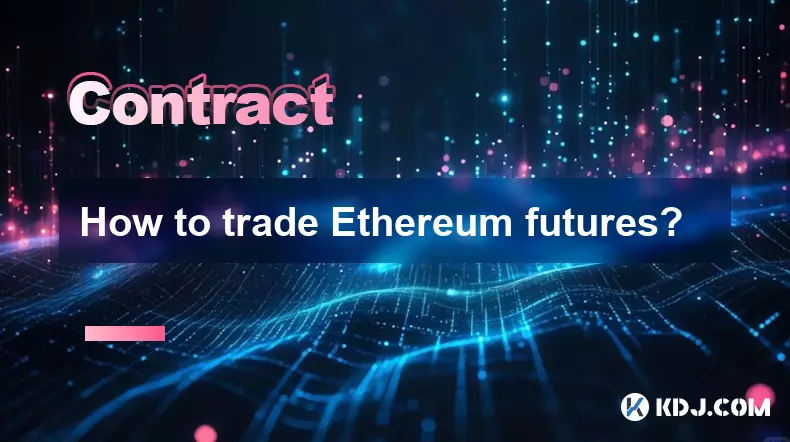
How to trade Ethereum futures?
Sep 05,2025 at 03:54pm
Understanding Ethereum Futures Basics1. Ethereum futures are financial derivatives that allow traders to speculate on the future price of ETH without ...
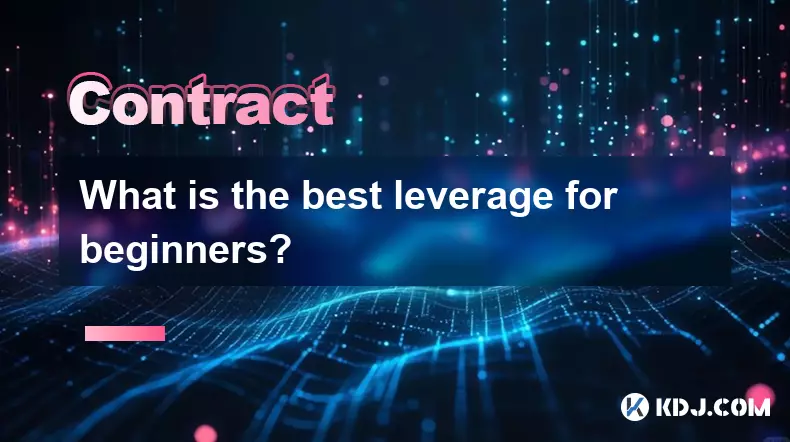
What is the best leverage for beginners?
Sep 06,2025 at 02:37am
Understanding Leverage in Cryptocurrency Trading1. Leverage allows traders to borrow funds to increase their position size beyond their available capi...
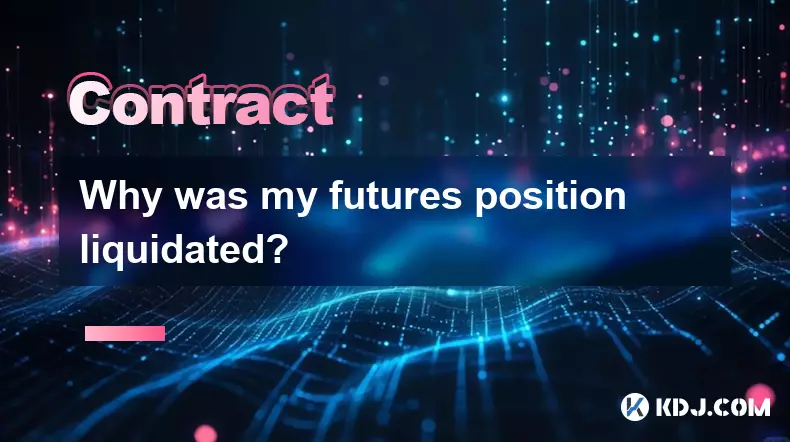
Why was my futures position liquidated?
Sep 06,2025 at 12:18am
Decentralized Exchanges and Their Impact on Crypto Trading1. Decentralized exchanges (DEXs) have reshaped the way users interact with digital assets b...
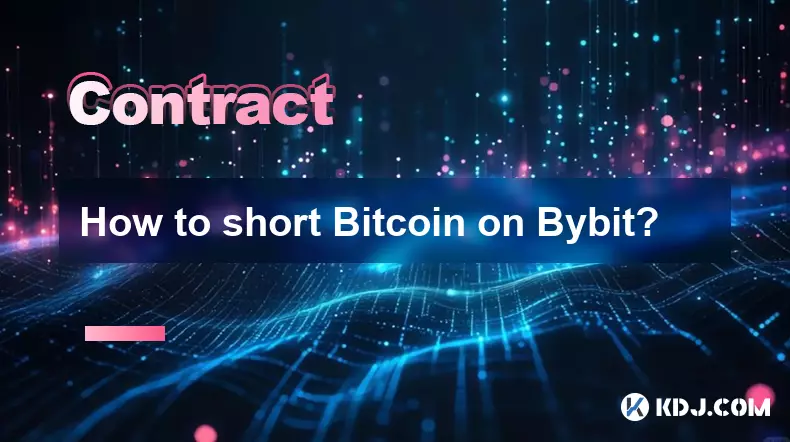
How to short Bitcoin on Bybit?
Sep 06,2025 at 04:36am
Understanding Short Selling on Bybit1. Short selling Bitcoin on Bybit allows traders to profit from price declines. This strategy involves borrowing B...
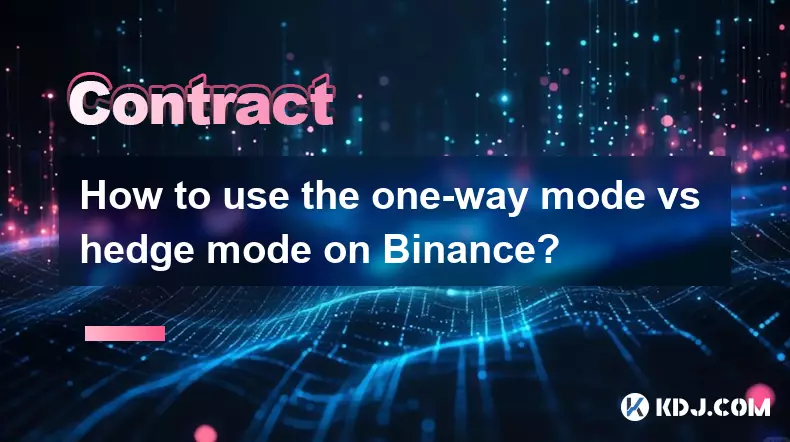
How to use the one-way mode vs hedge mode on Binance?
Sep 06,2025 at 07:54am
Understanding One-Way Mode on Binance1. One-way mode functions as a linear trading system where each position is independent and directional. Traders ...

What to do if you are about to be liquidated?
Sep 06,2025 at 01:00am
Understanding Liquidation in the Crypto Market1. Liquidation occurs when a trader’s margin balance falls below the required maintenance margin, forcin...

How to trade Ethereum futures?
Sep 05,2025 at 03:54pm
Understanding Ethereum Futures Basics1. Ethereum futures are financial derivatives that allow traders to speculate on the future price of ETH without ...

What is the best leverage for beginners?
Sep 06,2025 at 02:37am
Understanding Leverage in Cryptocurrency Trading1. Leverage allows traders to borrow funds to increase their position size beyond their available capi...

Why was my futures position liquidated?
Sep 06,2025 at 12:18am
Decentralized Exchanges and Their Impact on Crypto Trading1. Decentralized exchanges (DEXs) have reshaped the way users interact with digital assets b...

How to short Bitcoin on Bybit?
Sep 06,2025 at 04:36am
Understanding Short Selling on Bybit1. Short selling Bitcoin on Bybit allows traders to profit from price declines. This strategy involves borrowing B...

How to use the one-way mode vs hedge mode on Binance?
Sep 06,2025 at 07:54am
Understanding One-Way Mode on Binance1. One-way mode functions as a linear trading system where each position is independent and directional. Traders ...
See all articles
























